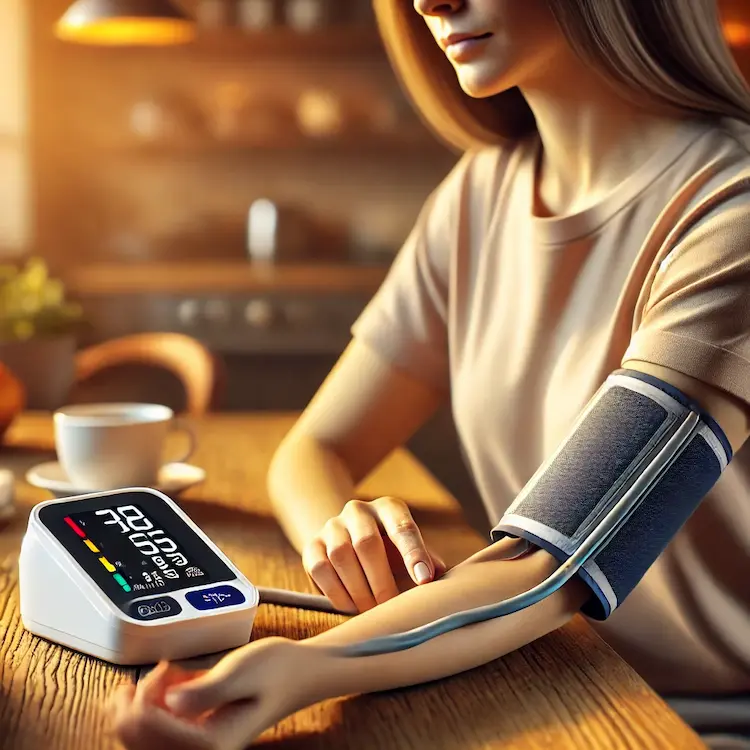Monitoring blood pressure is an essential aspect of maintaining good health, especially in preventing and managing hypertension. With the growing variety of blood pressure monitors available on the market, choosing a reputable brand and model can be overwhelming. This article will guide you through the process, offering insights into their importance, potential societal impacts, comparisons of different methods, and practical advice to make an informed decision.
Importance for Health A reliable blood pressure monitor ensures accurate readings, enabling timely interventions to prevent serious complications like heart disease or stroke. Poor-quality devices can give misleading readings, which might lead to either overmedication or missed treatments.
Societal Impacts Hypertension is a global health crisis affecting over 1.28 billion adults worldwide. In countries like the Philippines, where the prevalence of hypertension is about 37%, ensuring access to reliable monitoring tools can help manage public health challenges. Regular and accurate monitoring supports community health by reducing hospital admissions and healthcare costs.
Relevant Statistics

Understanding the types of monitors is crucial for making an informed decision. Below is a comparison of commonly available options:
| Type | Features | Pros | Cons |
|---|---|---|---|
| Manual Monitors | Mercury-based, requires a stethoscope. | High accuracy, no batteries needed. | Requires skill and training to operate. |
| Oscillometric Monitors | Automatic cuff inflation, digital display of results. | Easy to use, suitable for at-home use. | May be less accurate in irregular heartbeats. |
| Wrist Monitors | Compact and portable, measures blood pressure at the wrist. | Convenient for travel, lightweight. | Can be sensitive to positioning errors. |
| Ambulatory Monitors | Worn for 24-hour monitoring, measures blood pressure periodically. | Provides comprehensive data trends. | Expensive, often prescribed by doctors. |
Which Should You Choose? For most people, oscillometric monitors are ideal due to their ease of use and availability. However, those requiring detailed data might benefit from ambulatory monitors.
When considering a blood pressure monitor, look for the following factors:
Top Brands to Consider
Before Purchase:
During Use:
Maintaining Your Device:
Choosing the right blood pressure monitor is a critical step in proactive health management. Understanding the types, evaluating key features, and selecting a reliable brand can empower individuals to manage their health effectively. Whether you’re managing a chronic condition or adopting preventive measures, a quality blood pressure monitor is a valuable investment.